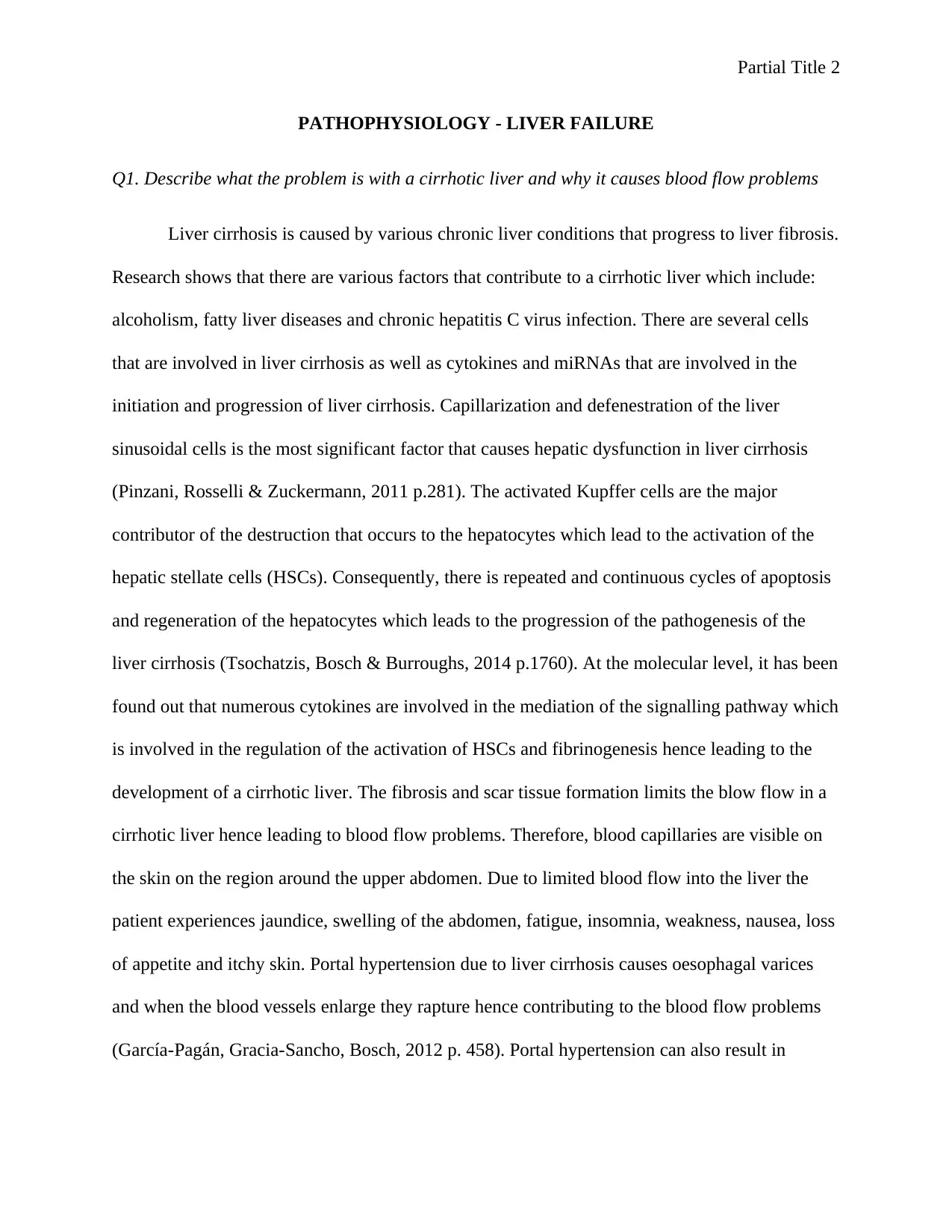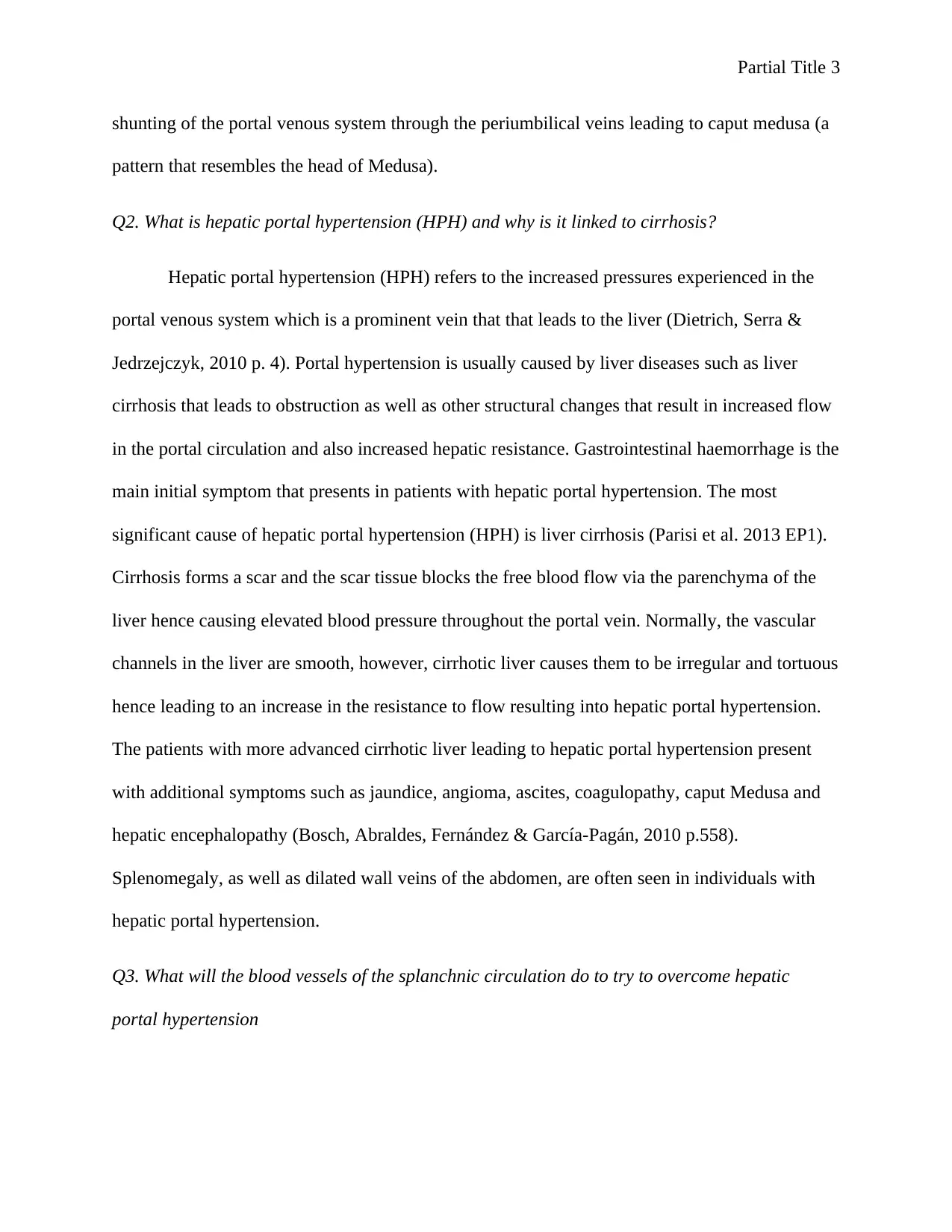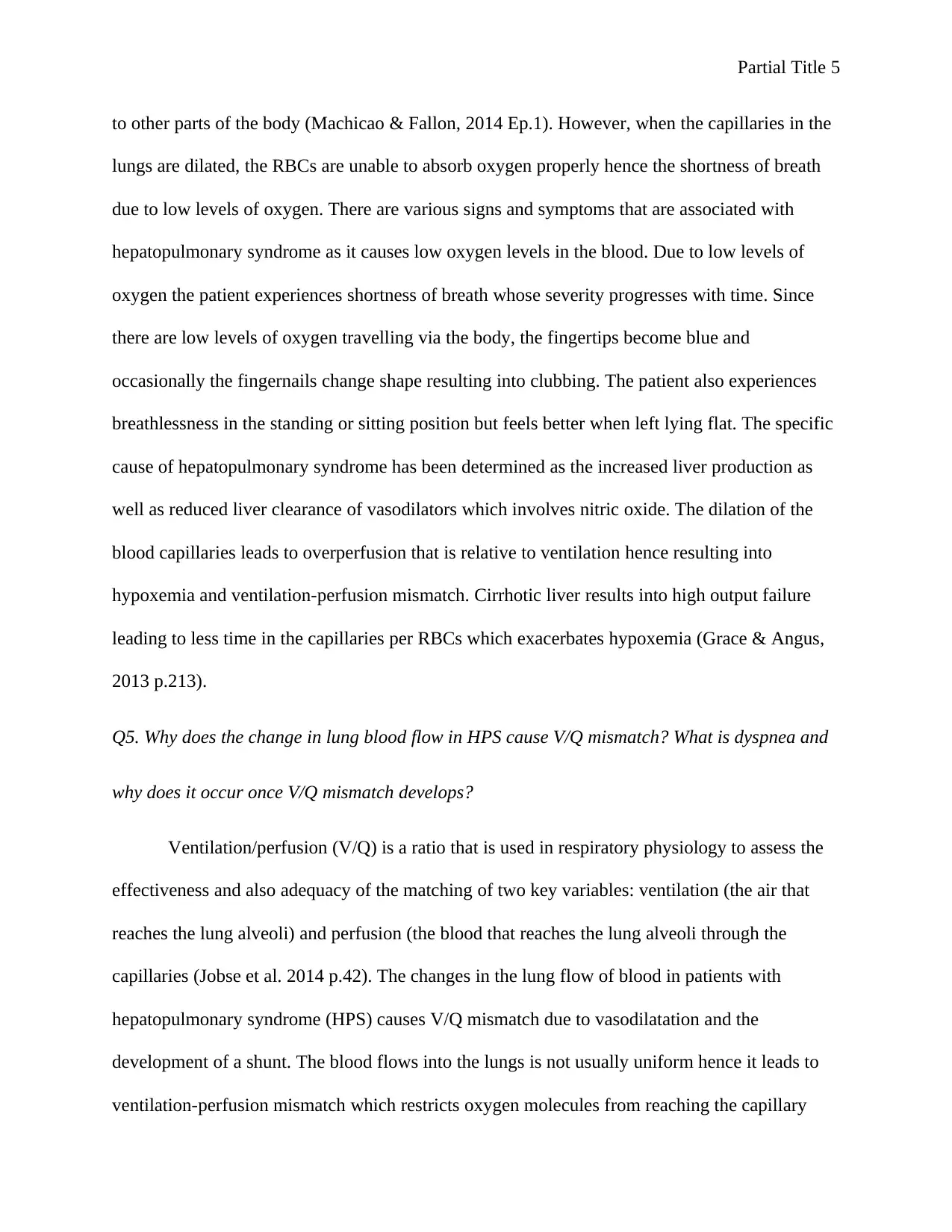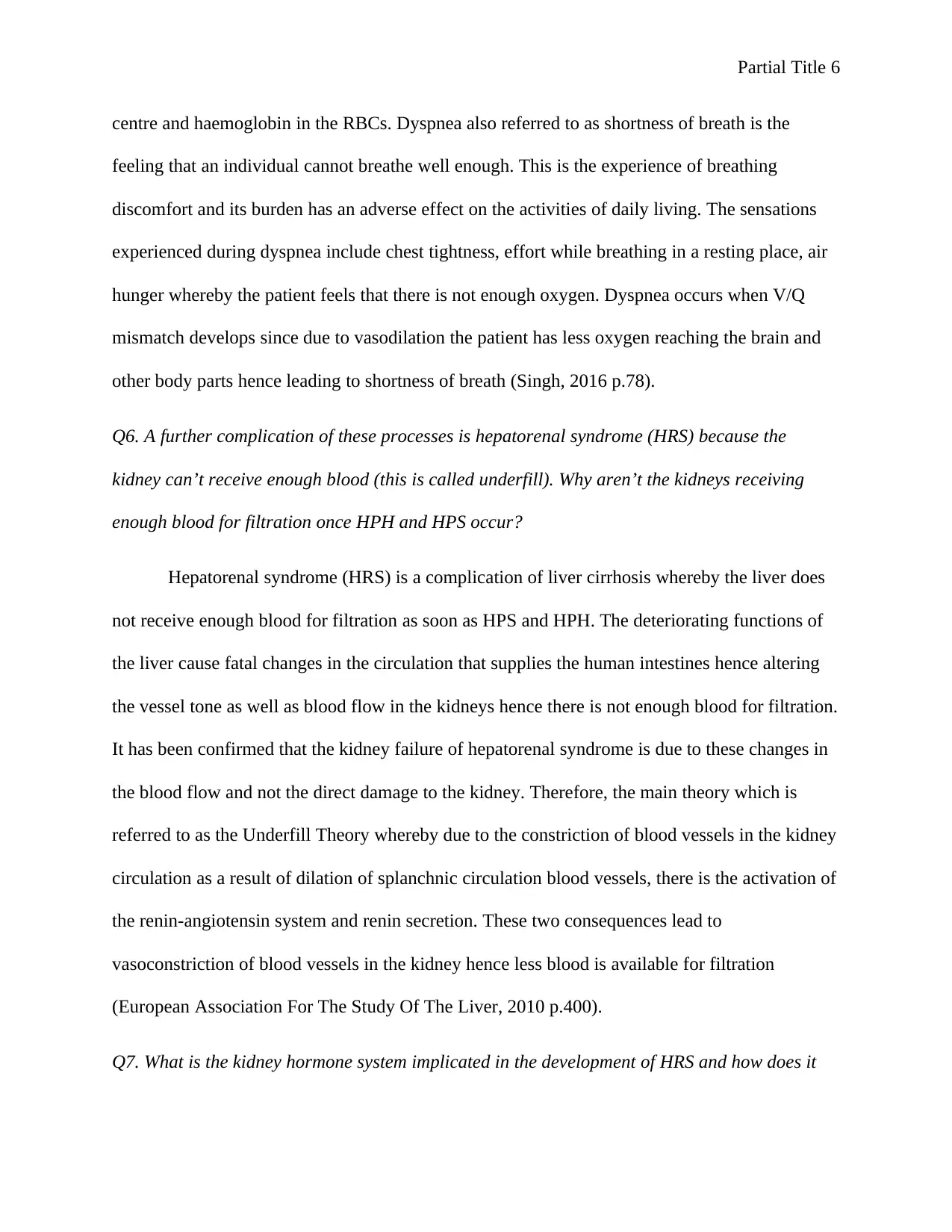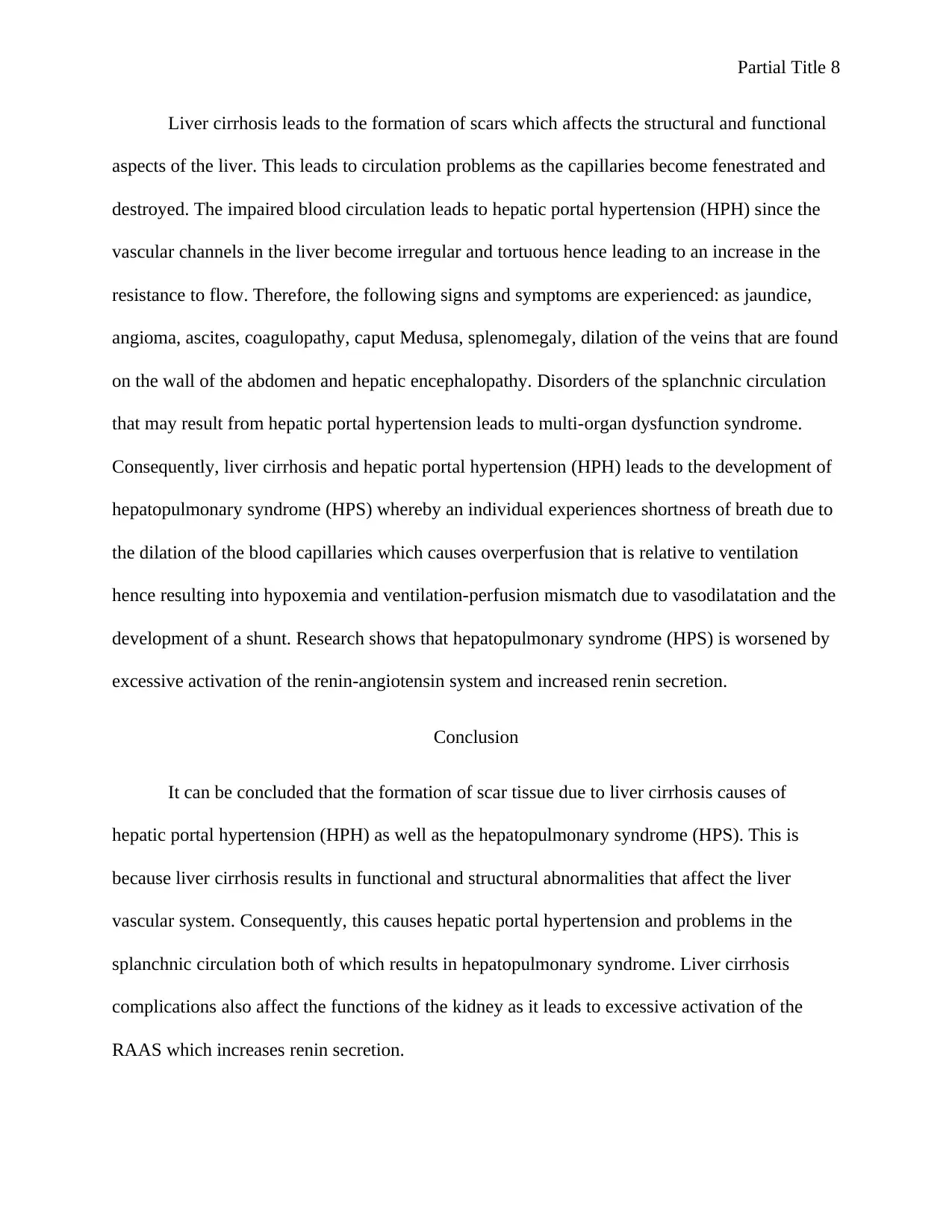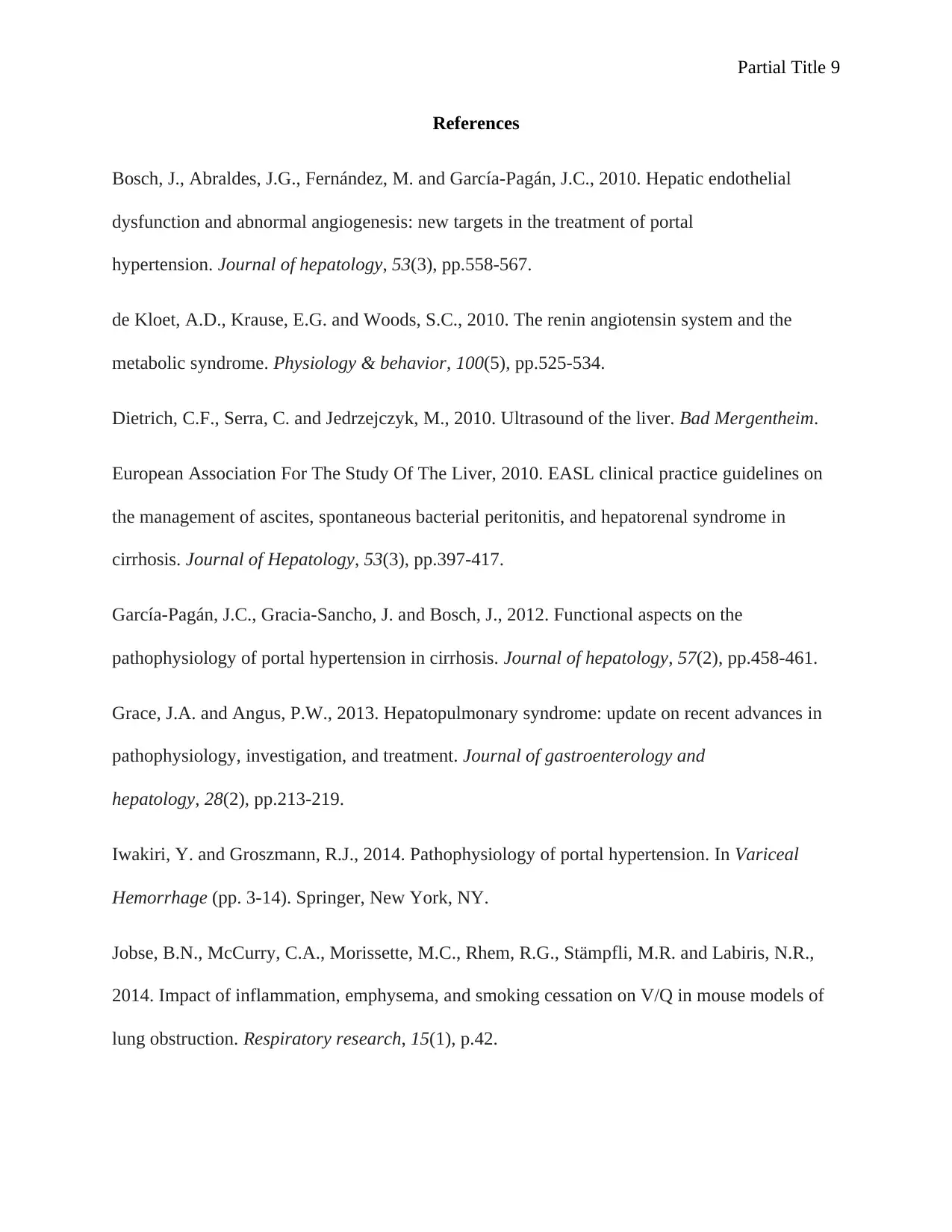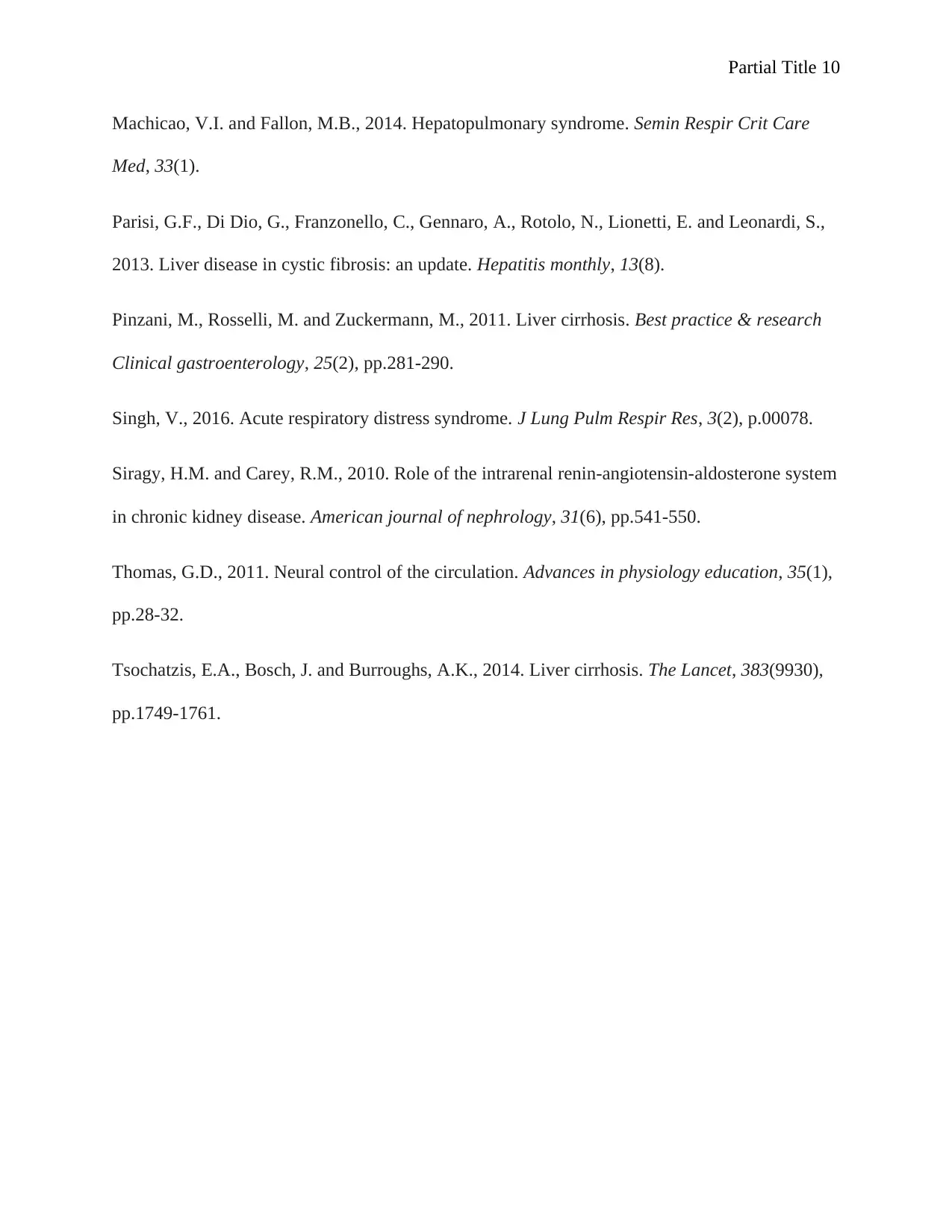Liver cirrhosis leads to the formation of scars which affects the structural and functional aspects of the liver. This leads to circulation problems as the capillaries become fenestrated and destroyed. The impaired blood circulation leads to hepatic portal hypertension (HPH) since the vascular channels in the liver become irregular and tortuous hence leading to an increase in the resistance to flow. Therefore, the following signs and symptoms are experienced: as jaundice, angioma, ascites, coagulopathy, caput Medusa, splenomegaly, dilation of the veins that are found on the wall of the abdomen and hepatic encephalopathy. Disorders of the splanchnic circulation that may result from hepatic portal hypertension leads to multi-organ dysfunction syndrome.
![[object Object]](/_next/static/media/star-bottom.7253800d.svg)
![[object Object]](/_next/static/media/star-bottom.7253800d.svg)

